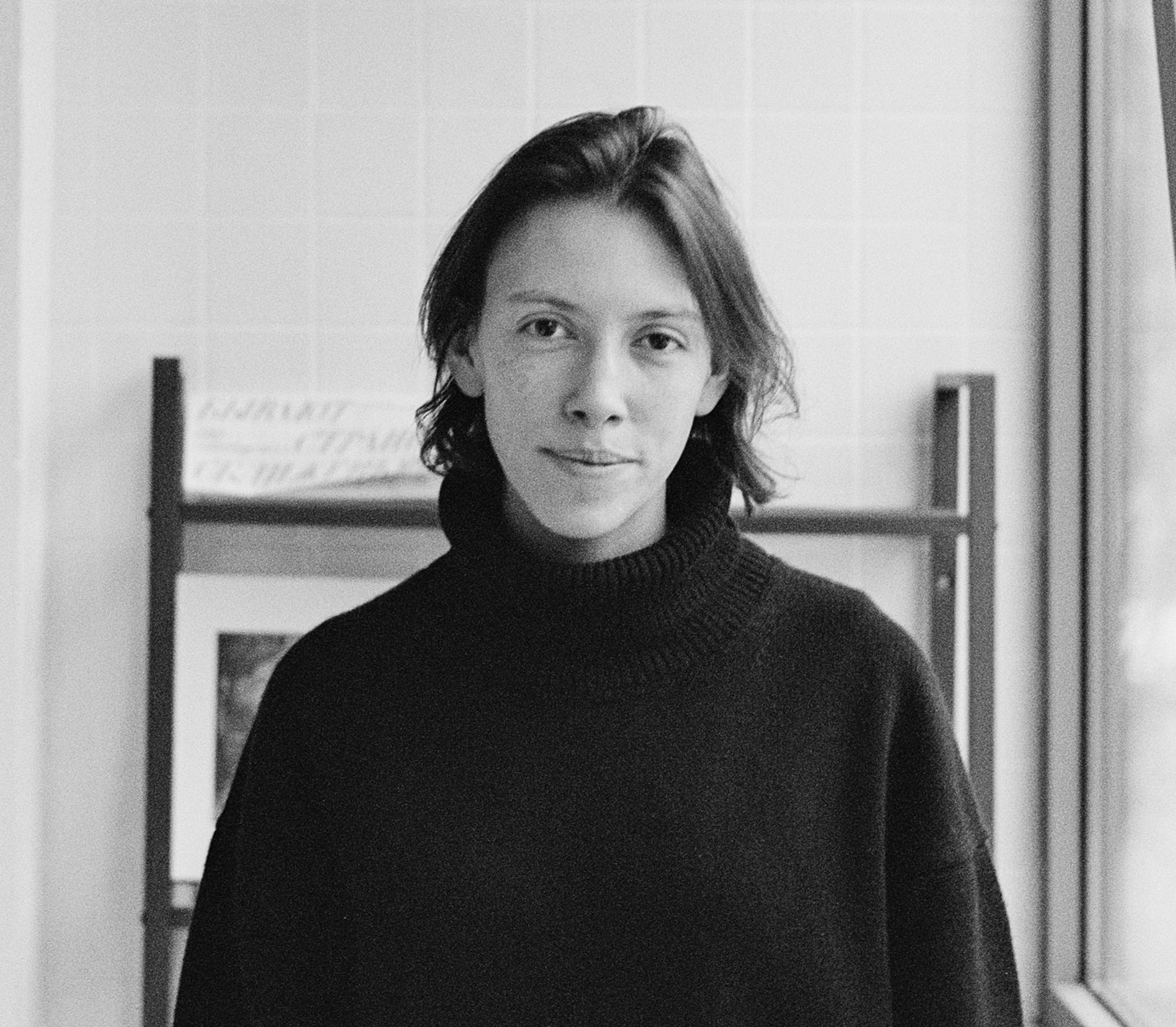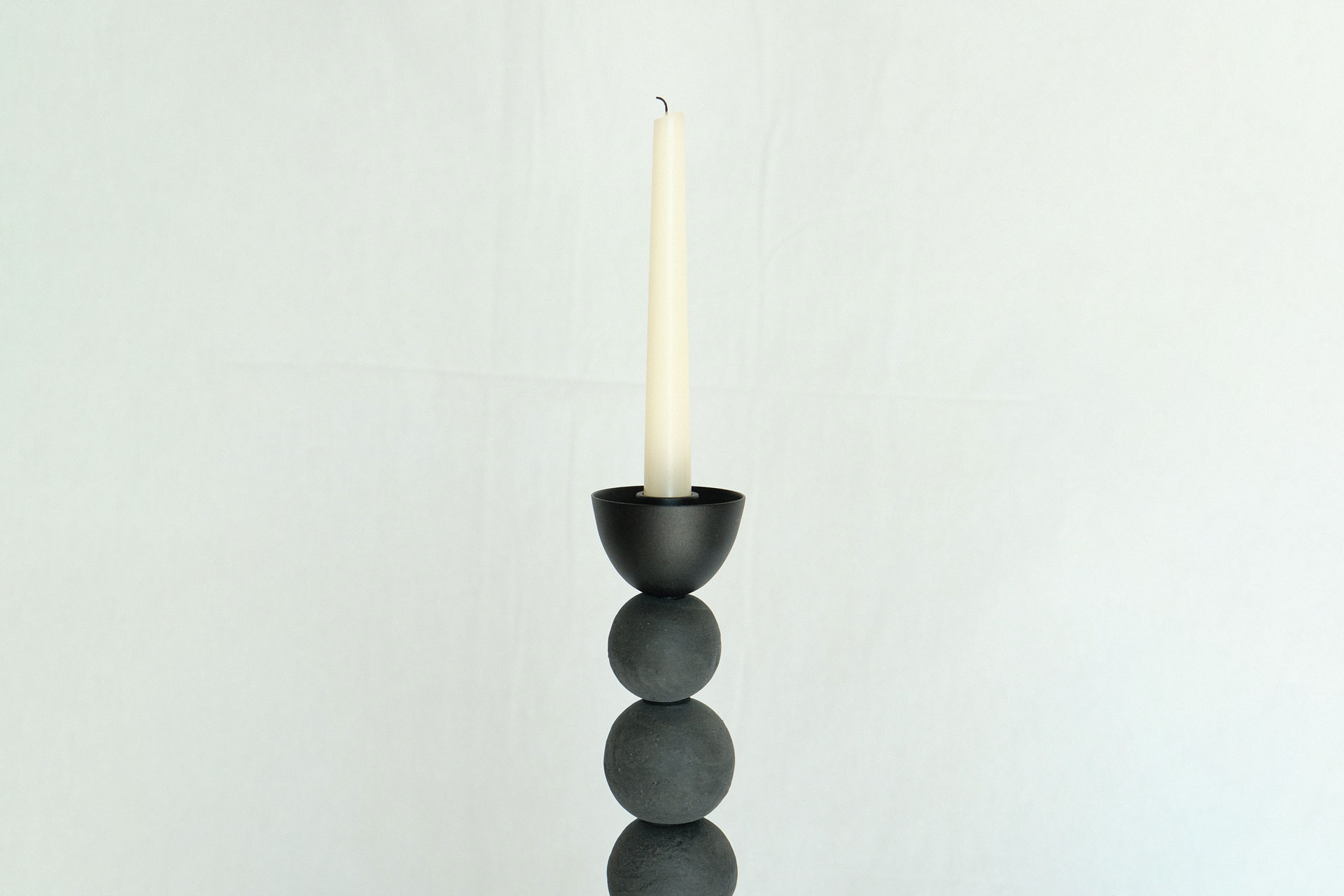Interview with Anya Glik from United Kingdom

Interview with Yu-Shan Shen of AUSIYA DESIGN
August 29, 2023
Interview with Kristian Liebrand from Germany
August 29, 2023Interview With The 2023 London Design Awards Winner – Anya Glik
I love the process. When you invent something in your head, draw it out on paper, figure a way to manufacture, work through prototypes and finally achieve a physical object that can be enjoyed not only by you but by everyone else. And this path from an idea in the head to something that you can already see and touch is what I really enjoy.
What I like about designing is that you can literally create anything you want and by doing that you share with the rest of the world your point of view, your design language, your vision and thought process.
I am interested in creating objects that are a crossover between artefacts and function. I like the melange of the two together.
My methodology always starts from an already existing fabric, something from the past - be it a historical research, a found object, a particular texture, a particular feeling and then it becomes the first layer from which the design idea gets generated.
I am currently working on a series of objects that came to my mind in a particular church in Paris. And these objects are going to be a reinvention of a particular typology that existed and was utilised through different historical periods but through time it became quite rare, almost extinct. And what I am always excited about is taking a particular idea, reinventing it in a new way and putting it into the domestic fabric.
I like the crossover between the vernacular and modern. I am drawn to tactility and sensitivity of objects and spaces and this is something that I am trying to explore as a designer.
Something that I personally value in design is a story and narrative of the object produced. Especially now in an era of fast mass production and fast generation of ideas, it is really nice to see designs that are very thoroughly thought through, the back story of an idea is an important fundament of the design.
And then another important aspect is craftsmanship, focus on materials and on details, how things come together.
The idea came up from the research that I was doing at the time focusing on medieval candleholders and candleholders in the Renaissance paintings and the role of the fire as the main element and light source of the household. What I was really inspired by is the frequency of appearance of the candleholder in the paintings from 1400s and their position within the frame, always somewhere in the background, or on the table, always part of the drawn subject, part of the narrative.
And even though today candles are not a frequent guest within the home or if it is, it is either a scented one that doesn’t need a structure to hold it or is placed in a candleholder that is small and unnoticeable. I really wanted to give a candleholder a bigger importance and monumentality, bring it to the foreground and celebrate it within the domestic fabric. A candleholder as an artefact.
The main challenge was setting everything correctly within the ceramic department. It is not easy to get the right charcoal colour that would not be too glossy or too matt. In the process of working through the prototypes the ratio of ingredients within the angob glaze solution that we used was changed by the glazing manufactory, meaning that the whole recipe for the chamotte spheres had to also be rearranged.
In order to create a variation in dimensions of the spheres but still do it in a methodical and controlled way, we had to create plaster moulds for 3 different dimensions. The art of controlled ambiguity. Overall, it was a lot of trying and testing but at the end the texture, colour, shape, the structure turned out just like I wanted.
First of all - people. You start by getting an idea in your head but then when you get to execute this idea into a reality, you have to cross paths with a lot of talented professionals, manufacturers who help you along the way with their level of expertise. And you get to form a lot of meaningful relationships along the way.
Second - it is always a learning curve. Working with new materials, getting to know new techniques and new possibilities of designing and making. It is always challenging and exciting.
When you get a strong impulse to design a particular object - just do it, do not leave the idea hanging in your head for too long, start developing the design, work through different prototypes and then you will get there.
Also don’t be afraid to communicate your idea to a wider audience.
Winning Entry
Candleholder_01 | 2023
The Candleholder_01 is a modular structure that is composed out of 3-piece steel system: core + base + petal top for …
(Read more at London Design Awards)
Anya Glik
Anya Glik completed architecture studies at London's Architectural Association, achieving RIBA Part I and Part II qualifications. Upon graduating, it shaped her design thinking, emphasising spatial and object research.
Read more about this interview with Nikhil Singh from the United States, the Gold Winner of the 2023 London Design Awards.


